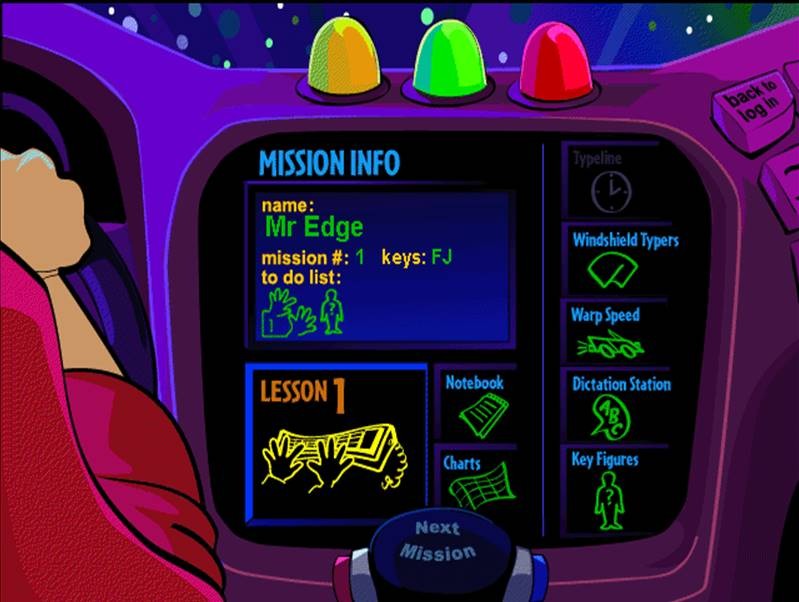

Random plasma glucose (RPG) test: A doctor will use an RPG test to measure a person’s blood glucose level at any point in a day.A patient will take a blood glucose test 2 hours before and 2 hours after drinking a sugary drink. Oral glucose tolerance test (OGTT): This test measures how a person processes glucose.Patients must not eat for at least 8 hours before the test, and as a result, many take the test before breakfast. Fasting plasma glucose (FPG) test: This measures a person’s blood glucose levels after a period of fasting.A1C test: For an A1C test, a doctor will take a blood sample that gives the doctor an indication of a person’s average blood glucose level over the past 2-3 months.The following tests can help diagnose type 1 or type 2 diabetes, but they may not all be useful for both types: Prediabetes is where a person has elevated blood glucose levels but does not yet meet the levels necessary for a type 2 diabetes diagnosis. If tests show they are high, they may have diabetes or prediabetes. People with obesity and other risk factors for type 2 diabetes should have regular checks to ensure their glucose levels are healthy. However, a routine blood test at this stage will show elevated blood sugar levels. If a person has symptoms, the person should see a doctor as soon as possible.īy contrast, a person in the early stages of type 2 diabetes may show no symptoms. The onset of type 1 diabetes tends to be sudden. This condition can be life-threatening and needs immediate medical attention.Ī person with diabetes should carry a medical ID so that others will know what to do if a problem occurs. Without treatment, the person may experience: Ideally, a person should follow this with protein-rich food. Symptoms typically appear when blood sugar levels fall below 70 milligrams per deciliter (mg/dL).Ī person should consume a high-glucose food or drink to relieve the symptoms and prevent the problem from getting worse. Hypoglycemia is when blood sugar levels are too low. This can lead to ketoacidosis, a potentially life-threatening condition that needs urgent medical attention. If a person’s blood sugar is too high, they may experience the signs and symptoms of hyperglycemia, including frequent urination and increased thirst.

This article will look at the similarities and differences between type 1 and type 2 diabetes. The CDC estimates that more than 34 million people in the United States may have diabetes, and almost 25% of them may not know they have it. The majority of people with diabetes have type 2 diabetes.īoth types of diabetes can lead to complications such as cardiovascular disease, kidney disease, vision loss, neurological conditions, and damage to blood vessels and organs. Lifestyle factors appear to play a role in its development. In this type, the pancreas produces insulin, but the body cannot use it effectively. Type 2 diabetes is more likely to appear as people age, but children may still develop it. Around 5-10% of people with diabetes have type 1.

There is no way to prevent type 1 diabetes and it is often hereditary. In type 1 diabetes the immune system attacks pancreatic beta cells so that they can no longer produce insulin.

Type 1 diabetes usually appears first in children and adolescents, but it can also occur in adults. This glucose then collects in the blood and does not reach the cells that need it, leading to serious complications. Type 1 and type 2 diabetes both occur when the body cannot properly store and use glucose, which is essential for energy. There are various differences between type 1 and type 2 diabetes, including the symptoms, causes, and treatment.


 0 kommentar(er)
0 kommentar(er)
